Je t'épaule tu me respires
Anne Bourse, Elise Carron, François Lancien-Guilberteau, Liz Magor, Jean-Charles de Quillacq, Gino Sarfatti, Natsuko Uchino
08.02.2018 - 31.03.2018, opening 08.02.2018

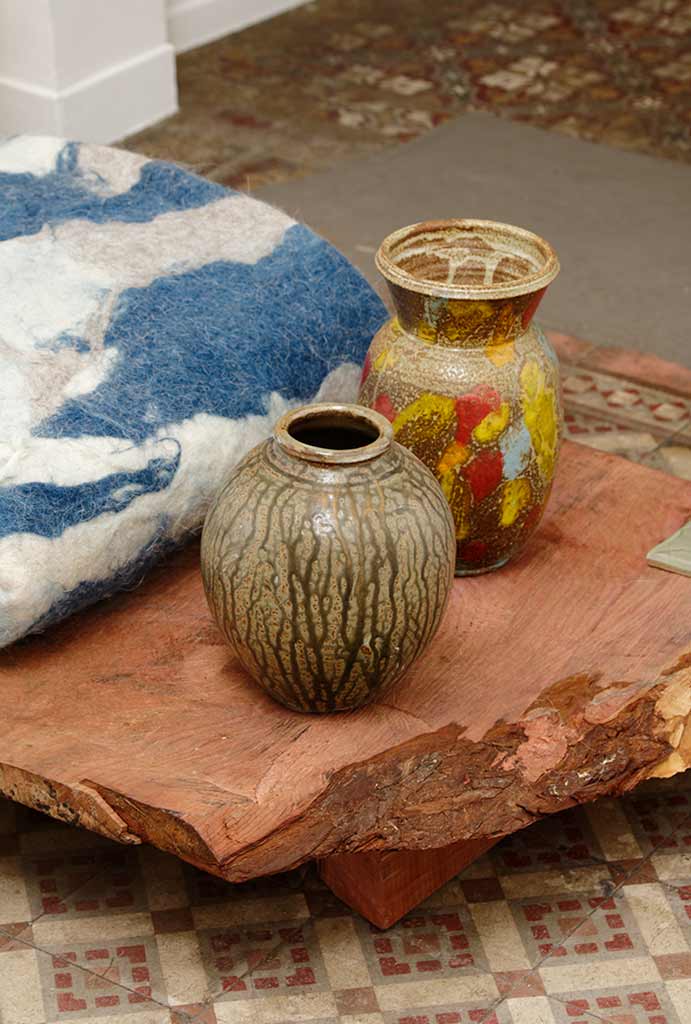
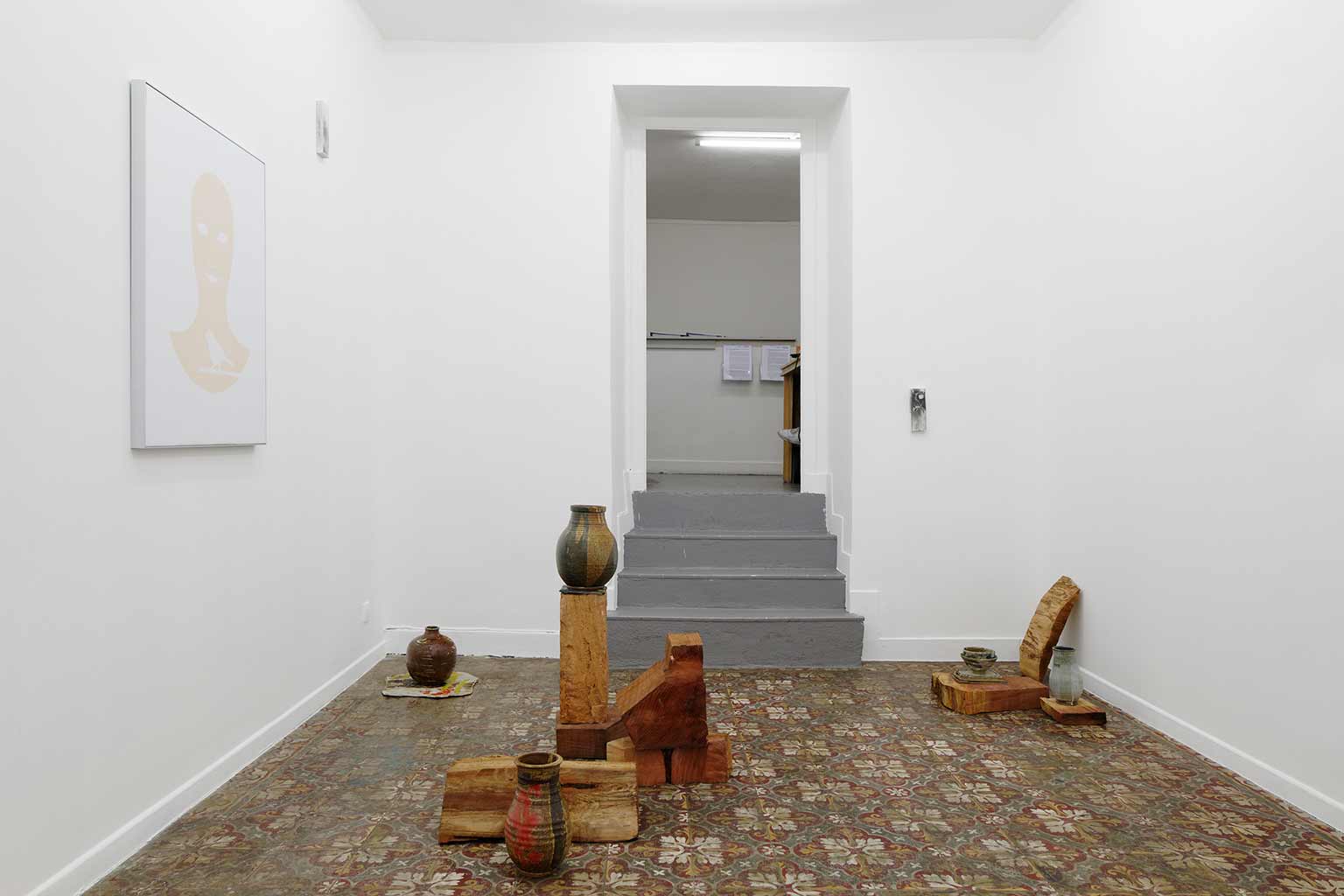
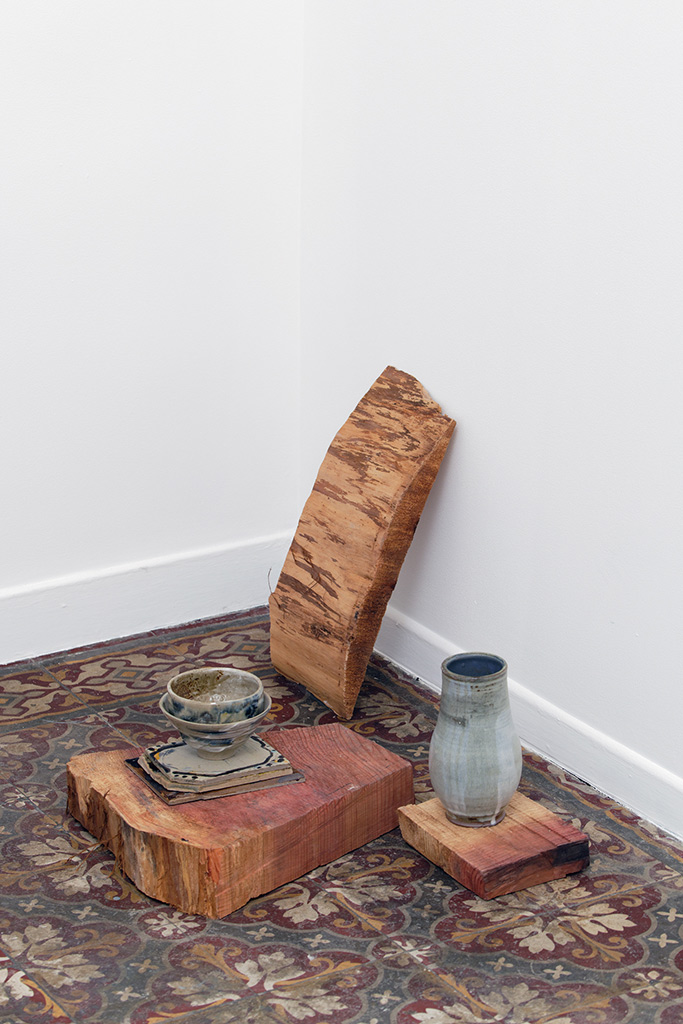
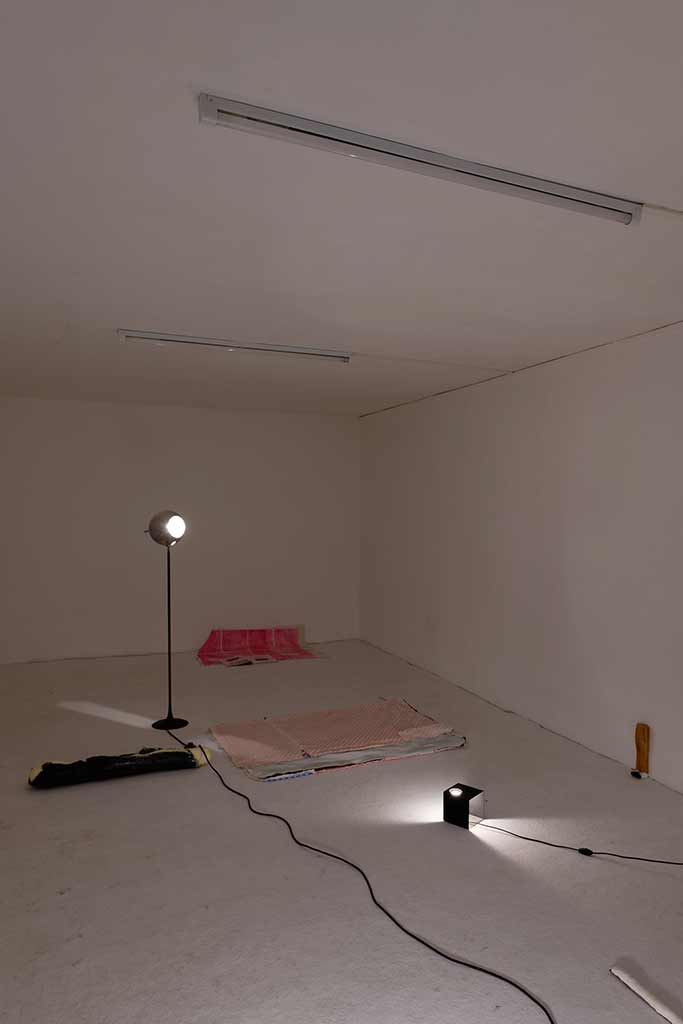
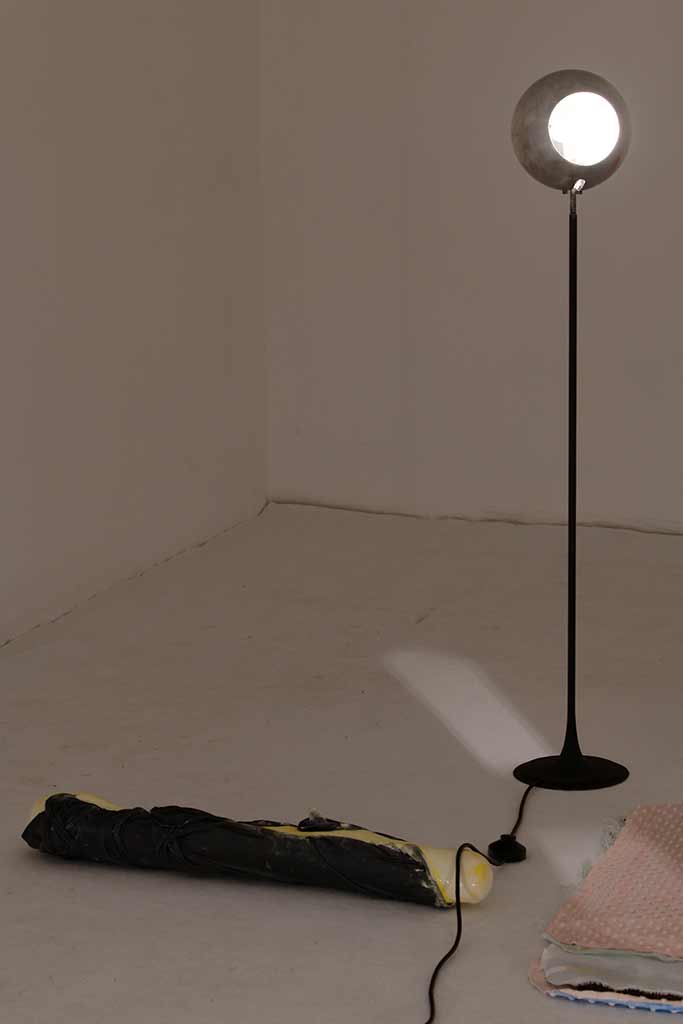
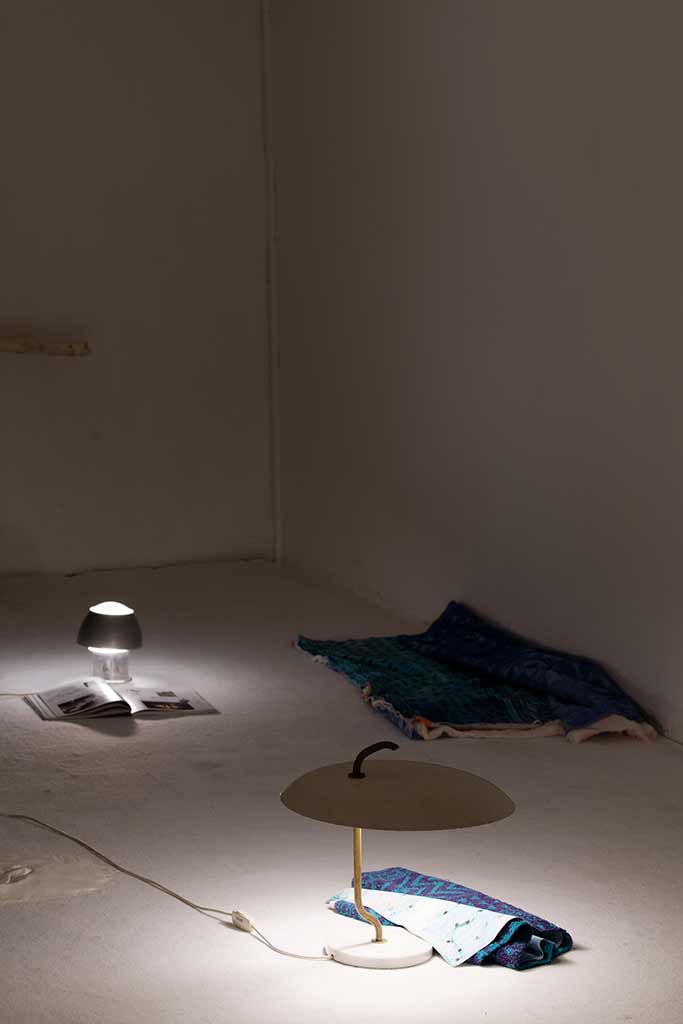
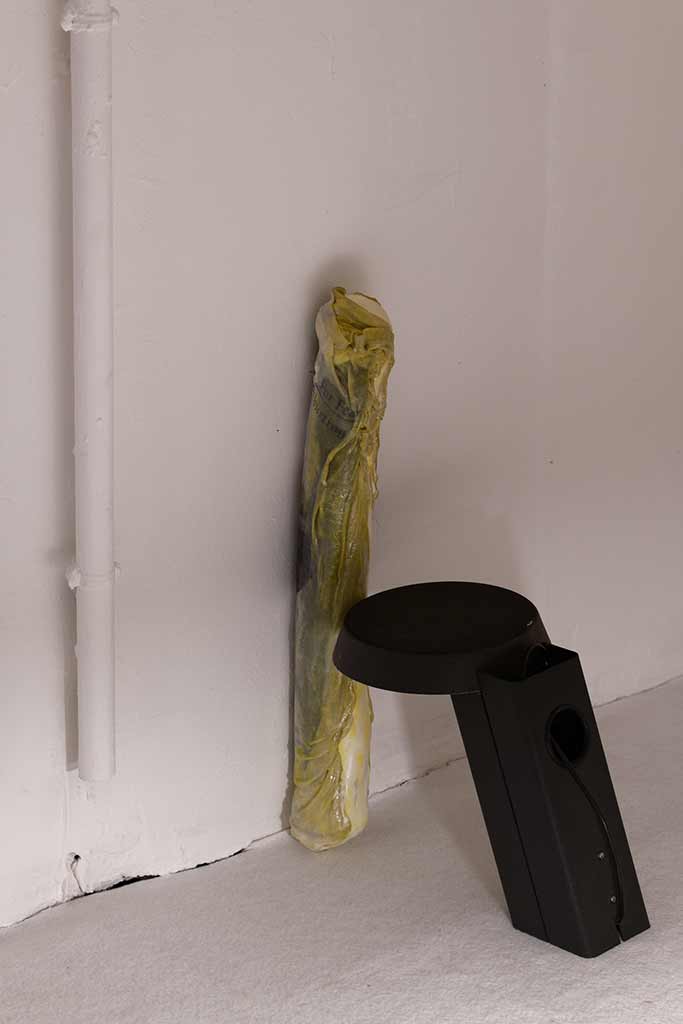
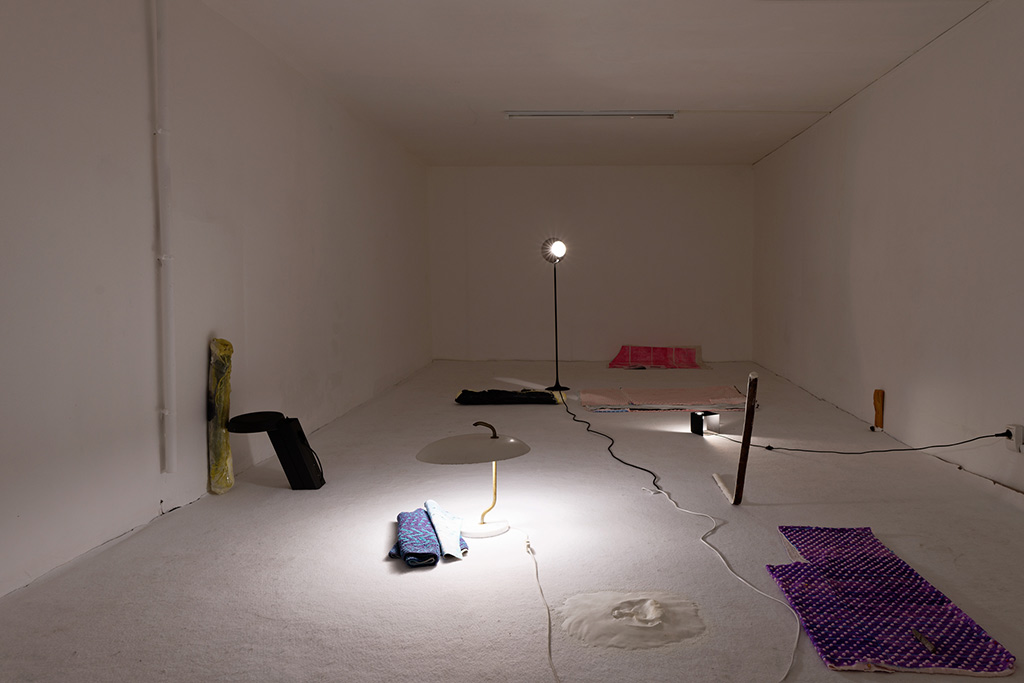
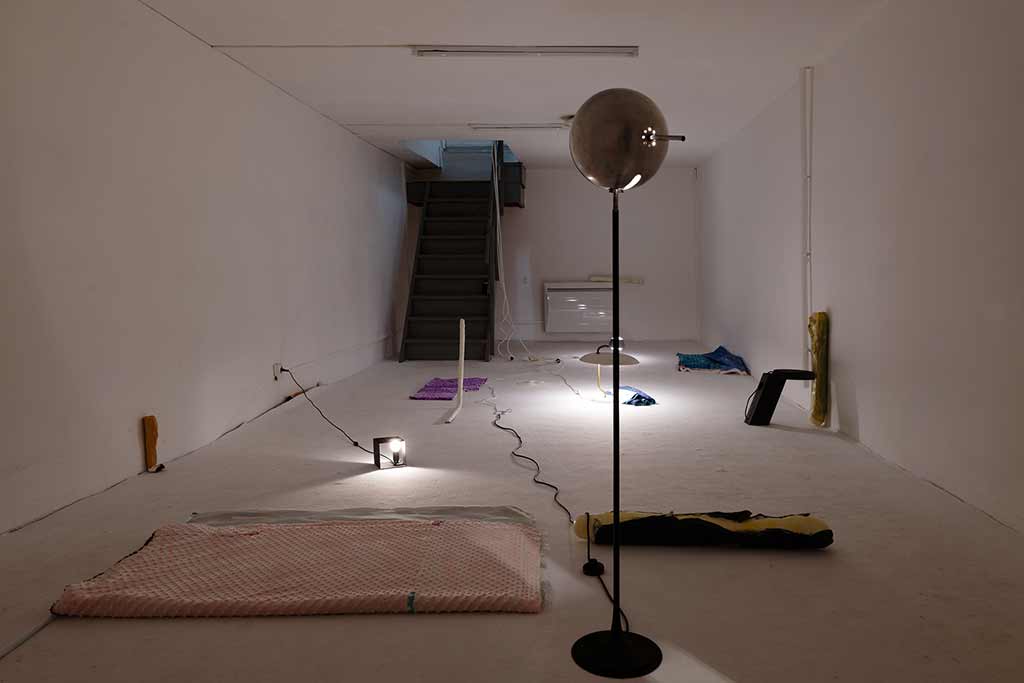
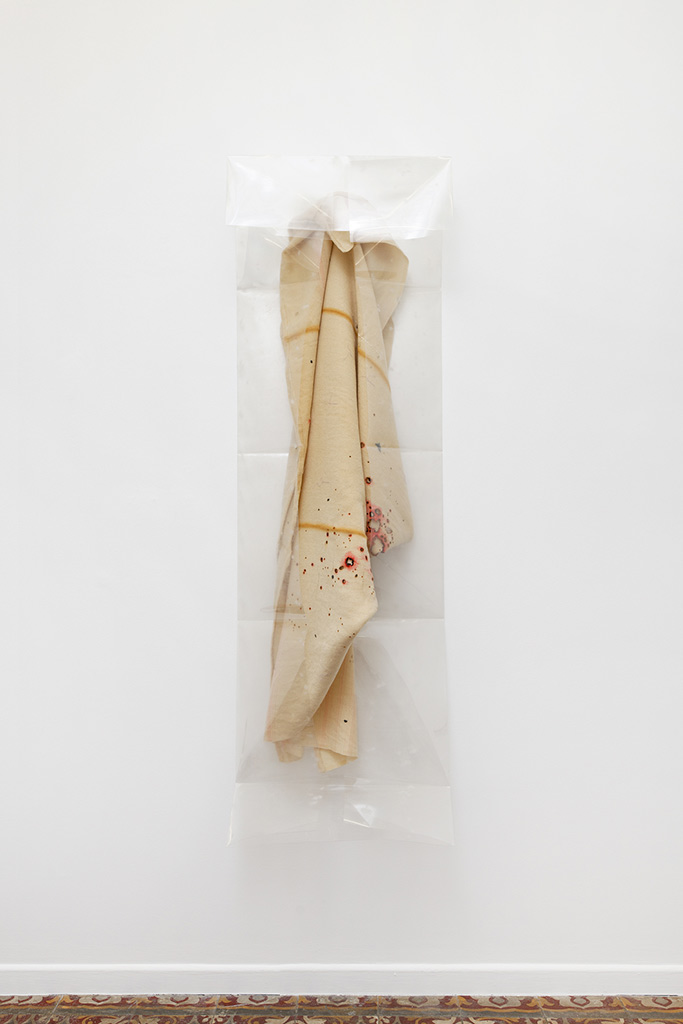
Open, 2018
Wool, polyester foil
56 x 146 x 20 cm
unique
Exhibition view 'Je t'épaule tu me respires', 2018. Marcelle Alix, Paris. Photo: Aurélien Mole
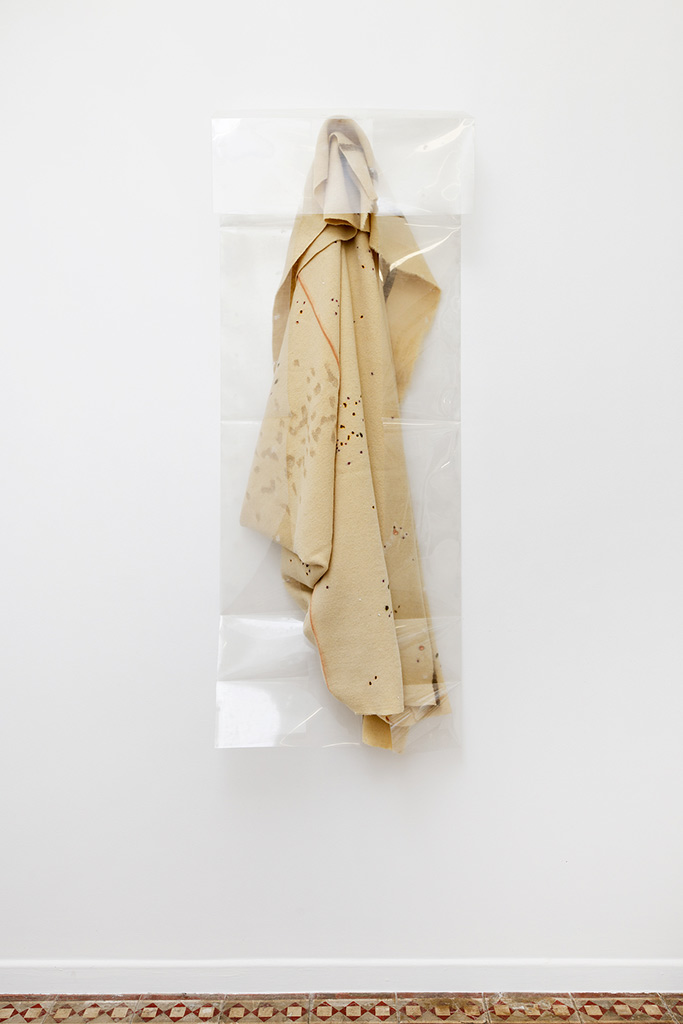
Closed, 2018
Wool, polyester foil
53 x 170 x 22 cm
unique
photo : Aurélien Mole
![Alignant le fil d'un couteau dans l'axe de son manche Les particules de carbone libérées par la lame Forment le delta d'un fleuve imaginaire [...], 2018](http://marcellealix.com/cspdocs/artwork/images/francois_lancien_guilberteau_marcelle_alix_1206.jpg)
Alignant le fil d'un couteau dans l'axe de son manche Les particules de carbone libérées par la lame Forment le delta d'un fleuve imaginaire [...], 2018
Pierre à affuter en céramique, carbone
19,7 x 7 x 2 cm
unique
photo : Aurélien Mole
![Alignant le fil d'un couteau dans l'axe de son manche Les particules de carbone libérées par la lame Forment le delta d'un fleuve imaginaire [...], 2018](http://marcellealix.com/cspdocs/artwork/images/francois_lancien_guilberteau_marcelle_alix_1205.jpg)
Alignant le fil d'un couteau dans l'axe de son manche Les particules de carbone libérées par la lame Forment le delta d'un fleuve imaginaire [...], 2018
Pierre à affuter en céramique, carbone
19,7 x 7 x 2 cm
unique
photo : Aurélien Mole
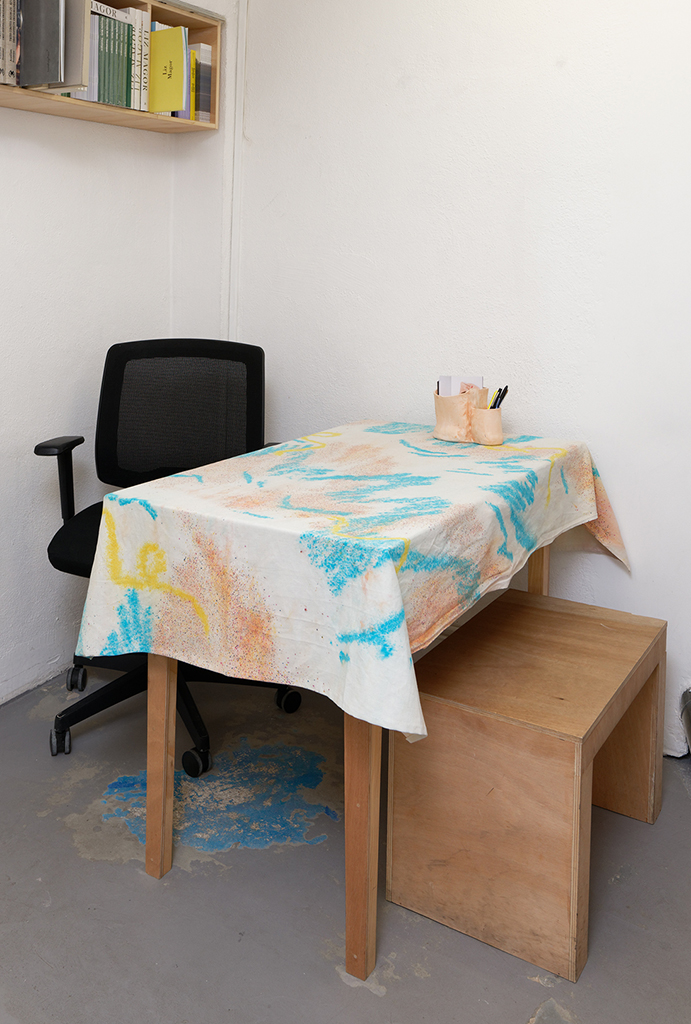
sans titre (nappe), 2018
Teinture sur tissu
100 x 154 cm
unique
photo : Aurélien Mole
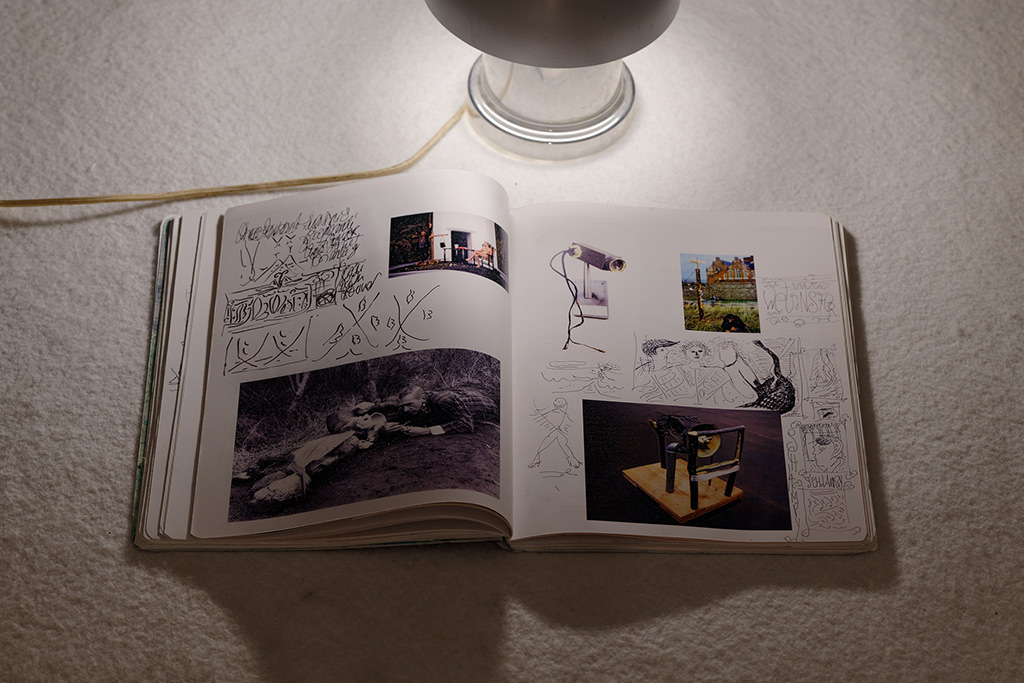
Two Times Jimmie for Jimmie, 2014-2017
Copy of Two Times Jimmie, pen
20 x 27 cm (closed)
unique
photo : Aurélien Mole
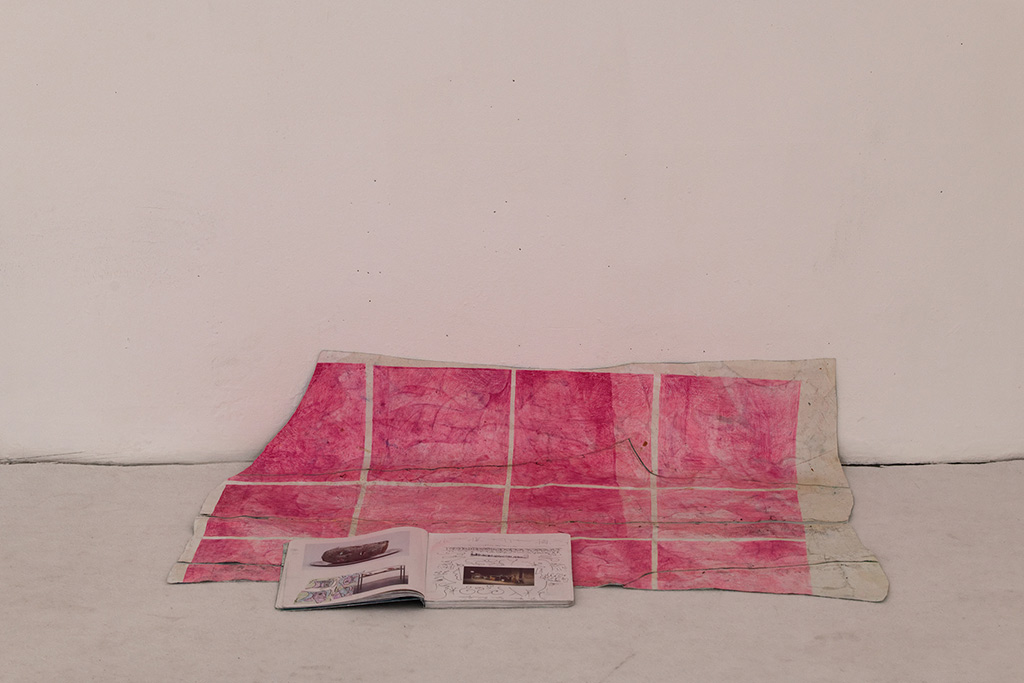
Minimal Tramp, 2017
pen, oil, canvas, glue, fabric
101,5 x 73,5 cm
unique
photo : Aurélien Mole
We wish to hear what works want and make sure that this exhibition’s visitors can also be attentive to it, even if it is difficult to be guided yourself between this desire to touch that attracts or questions us and the often unstable position of the spectator used to keeping a certain distance, verified by a scenography as explicit as the glances of the guards. If its presentation pushes the work to conceal itself, how can the visitor meet its reality, its movement, its formal genealogy, its present life and the time that unites us? “Please touch” we could read in the 1960s, for works today that are all the more untouchable in that their presentation itself does not permit the tranquil admission of an enviable form of vulnerability. We have always stressed the advantage of designing exhibitions in a space similar to that of the apartment in which the relationship to the works is more relaxed. Each artist adds here to this idea of living with the works whose image is less important than the sensation of perceiving a strong presence and existence, to which we react in many different ways.